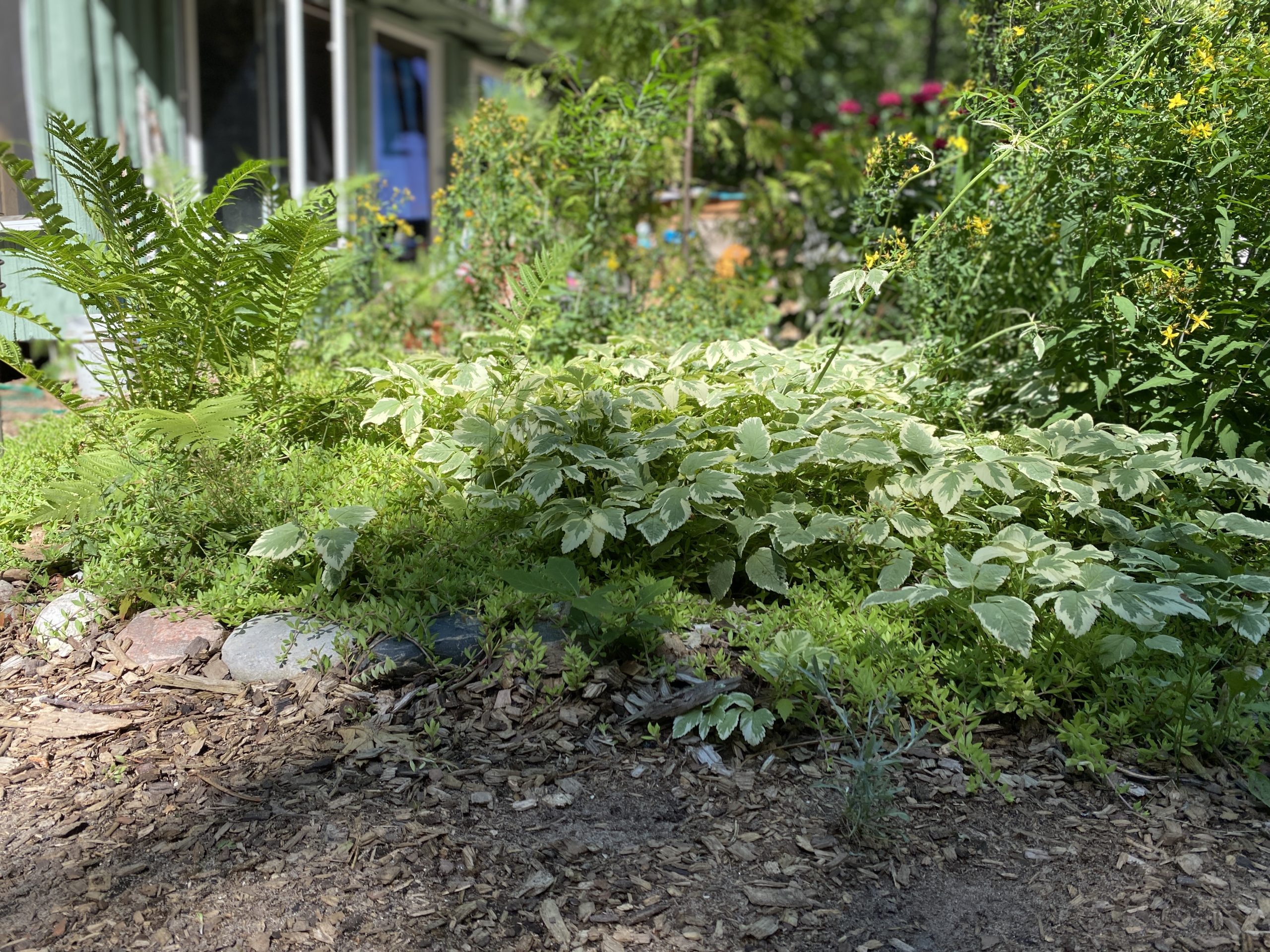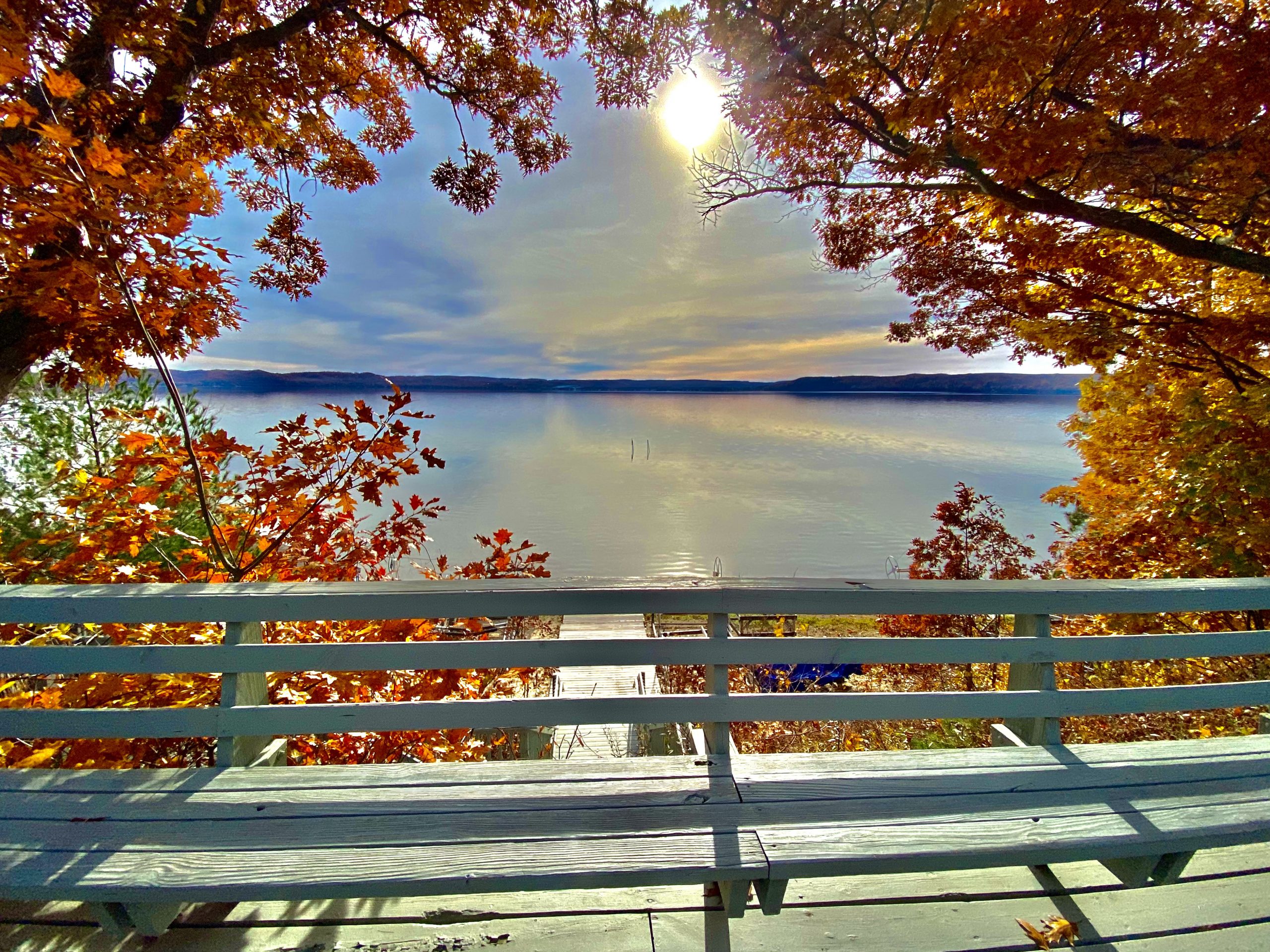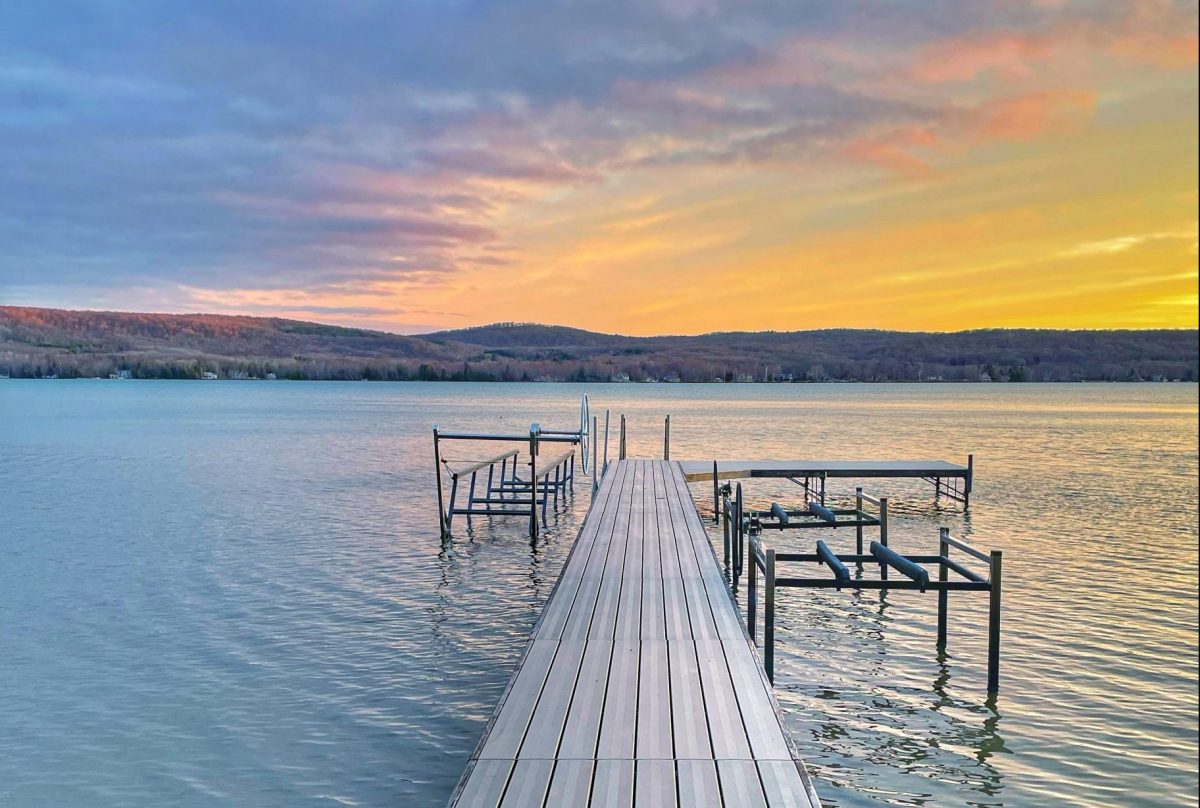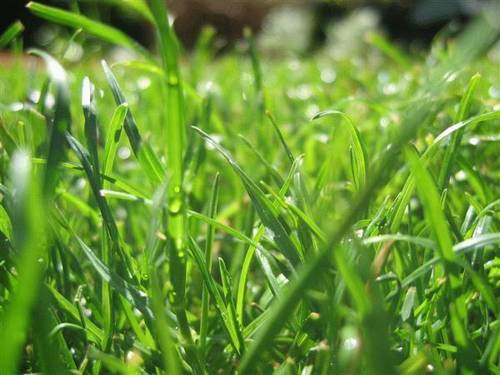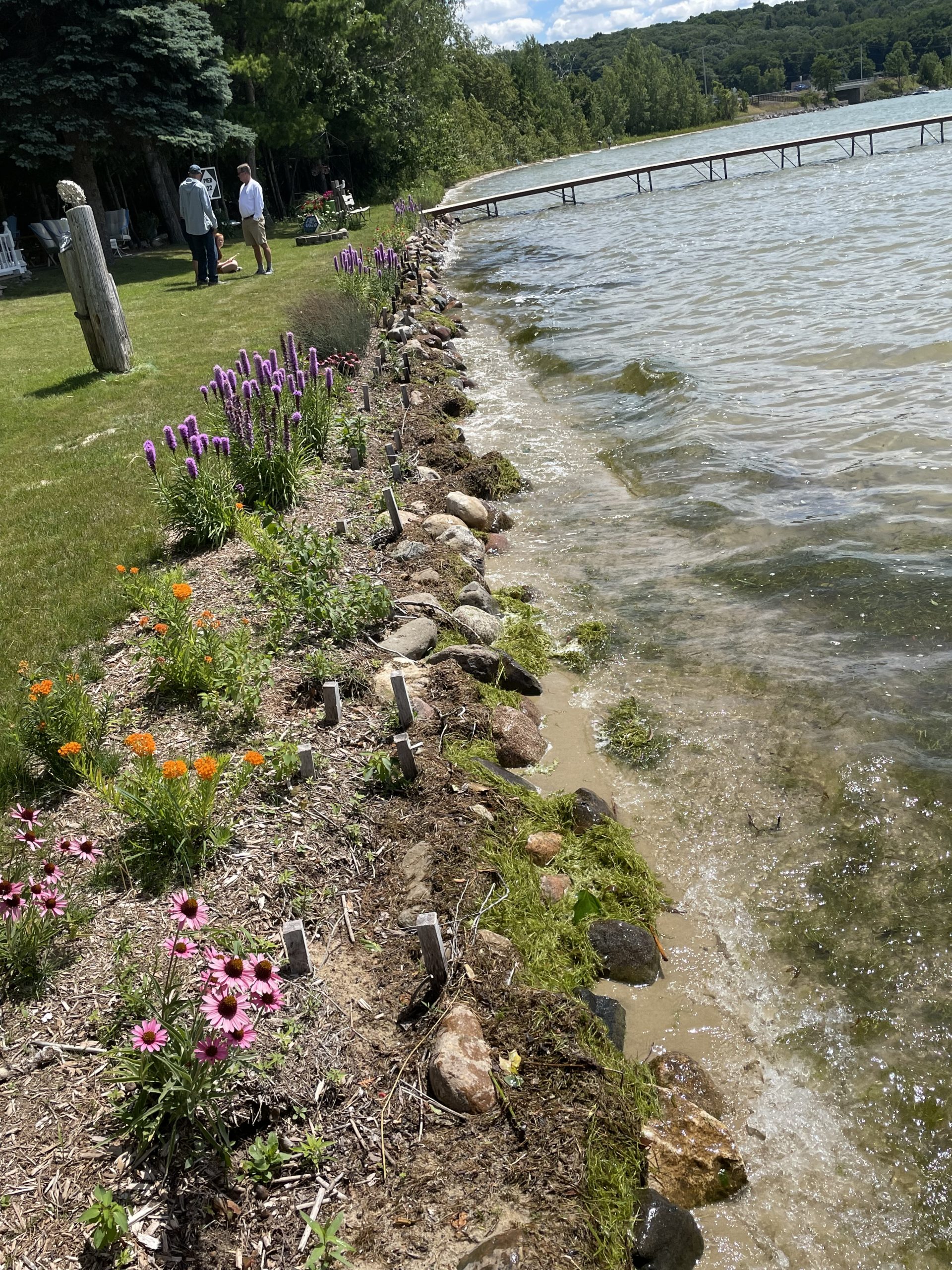Landscape Design & watershed protection
Watershed-friendly landscape design can meet your aesthetic and lifestyle goals while protecting the health of our lakes and streams. The Glen Lake Association offers free on-site consultations to help you design a landscape that’s both beautiful and provides watershed protection.
TIPS For Creating A watershed-Friendly Landscape
Follow the guidelines offered below to develop a natural, up north aesthetic to your property. This will beautify your landscape while protecting and preserving water quality. Watershed-friendly landscape design has the following benefits:
- It reduces or filters toxic substances and other pollutants before they can enter the water
- It helps prevent erosion along your shoreline or stream bank
- It provides for ecologically-friendly fire pits, convenient access to the water, and amazing views
Remember, green keeps the water clean!
TIP #1: Use Native plants
Native plants are those which occur naturally in the northern Michigan region. These plants require less fertilizer, pesticide, and irrigation because they are naturally suited for local soils, pests, and climate. As a rule, the more exotic the plant, the greater the need for chemical use in order for them to thrive. For instance, Kentucky bluegrass requires 4-7 lbs. of nitrogen annually per 1,000 sq. ft., while creeping red fescue only requires about 2 lbs. per 1,000 sq. ft. Local nurseries can help in the selection of appropriate species for your site. A list of recommended native plants is also provided near the bottom of this page.
TIP #2: Avoid Invasive Plants
Invasive plant species are non-native plants which cause environmental harm. They destroy critical biological resources such as fish habitats, reduce overall plant and animal biodiversity, reduce property values, and necessitate significant expenditures to stop their spread. Unfortunately, some invasive species (such as yellow iris) are sometimes available for sale at local nurseries. Learn more about invasive species in the Glen Lake area so that you know what to look for and what to avoid.
TIP #3: Preserve Natural Cover And Forest Stands
Tree root systems help to hold northern Michigan soils in place and help to resist erosion. Trees also help slow stormwater runoff; their leaves slow the speed of falling rain, the trees absorb large amounts of water, and the roots slow runoff and provide paths for stormwater to enter the ground. Trees also make for a more attractive shoreline or streambank. Before starting a construction project, contact your conservation district to learn how to protect standing trees from soil compaction by heavy equipment.
TIP #4: Establish a Greenbelt along your shore
A natural buffer 20-35 feet deep that spans 70% of the length of your shoreline or stream bank is ideal. What’s the easiest method to establish a green buffer? Simply stop mowing near the shore or better yet, irrigate your shoreline! Eventually, native species will recolonize and create a natural greenbelt. Learn more about how to preserve your shoreline or stream bank below.
TIP #5: Choose Groundcovers over turf
Low-growing plants, known as groundcovers, require less maintenance and chemical treatments than grass and can enhance the character of your landscape. Groundcover plants also protect the soil from erosion and inhibit weeds.
TIP #6: design narrow, CURVED WALKS
Stormwater runoff can deposit chemicals and damaging nutrients into the lakes and river if it’s not properly controlled. Learn more about how to manage stormwater runoff below.
TIP #7: choose docks over BEACH SAND for lake access
Sandy beaches “fast track” harmful sediment and excess nutrients from stormwater runoff into the lakes and river. Instead of installing sand along your shore or streambank, create a buffer of native vegetation and access the water using a dock or boardwalk. A natural vegetative buffer not only looks beautiful but will filter out damaging sediment and nutrients before they enter the water. Learn more about the negative impacts of beach sanding and how to preserve your shore.
TIP #8: Use Lake-Friendly Lawn Care Practices
- Irrigate with lake water
- Keep grass clippings and yard waste out of the lake
- Eliminate use of fertilizers within 100 feet of the lake
- Avoid the use of toxic pest controls and herbicides
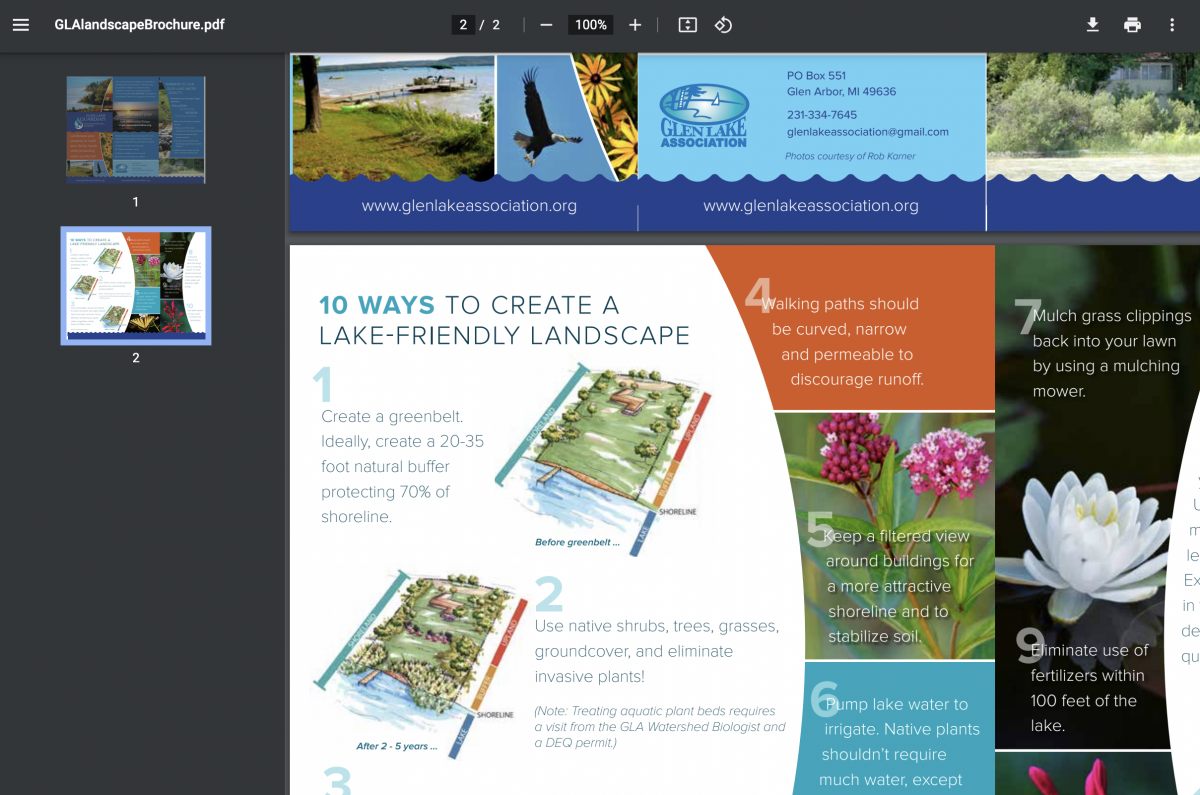
Print our quick-reference landscaping guide!
Find A Certified Natural Shoreline Landscaper
The Michigan Natural Shoreline Partnership trains and certifies landscape companies that promote the use of green landscaping techniques and bio-engineered erosion control.
These certified “Natural Shoreline Professionals” have demonstrated competency in shoreline and near-shore soils, plant communities, aquatic habitats, water law and permitting, wave energy assessment, and the methods and techniques required for designing natural shorelines and bio-engineered erosion control on inland lakes.
Please refer to this website to find a list of certified professionals.
Become A Glen Lake Guardian
If you’re committed to following our lake-friendly landscape tips, please consider becoming part of our Glen Lake Guardian program. Guardians voluntarily “pledge to protect” the watershed by following best practices. If you let us know of your pledge, we can recognize you with a special designation next to your name in our annual report.
NATIVE PLANT SUGGESTIONS FOR NORTHERN MICHIGAN
Upland or Dry Conditions
- Coreopsis Lanceolata
- Butterfly Weed
- Little Bluestem
- Spotted Beebalm
- Trillium
- Dutchman’s Breeches
- Spring Beauty
- Bluestem Goldenrod
- Big Leaf Aster
- Ivory Sedge
- Bearberry
- Creeping Juniper
- Bracken Fern
- Common Juniper
- American Filbert
- Mapleleaf Viburnum
- Gray Dogwood
- Black Chokecherry
- Eastern White Pine
- Sugar Maple
- White Oak
- White Birch
- Red Pine
- Red Oak
- Ironwood
Wet Conditions
- Brown Fox Sedge
- Marsh Marigold
- Sandbar Willow
- Pussy Willow
- Joe Pye Weed
- Northern Blue Flag Iris
- Purple Joe Pye Weed
- Great Blue Lobelia
- Bottle Gentian
- Winterberry
- Sensitive Fern
- Hog Peanut
- Clearweed
- Canada Wild Ginger
- Moonseed
- Virginia Bluebells
- Red Osier Dogwood
- Highbush Cranberry
- Speckled Alder
- Ninebark
- White Cedar
- Eastern Tamarack
- Eastern Hemlock
- White Spruce
- Red Maple
- Basswood
